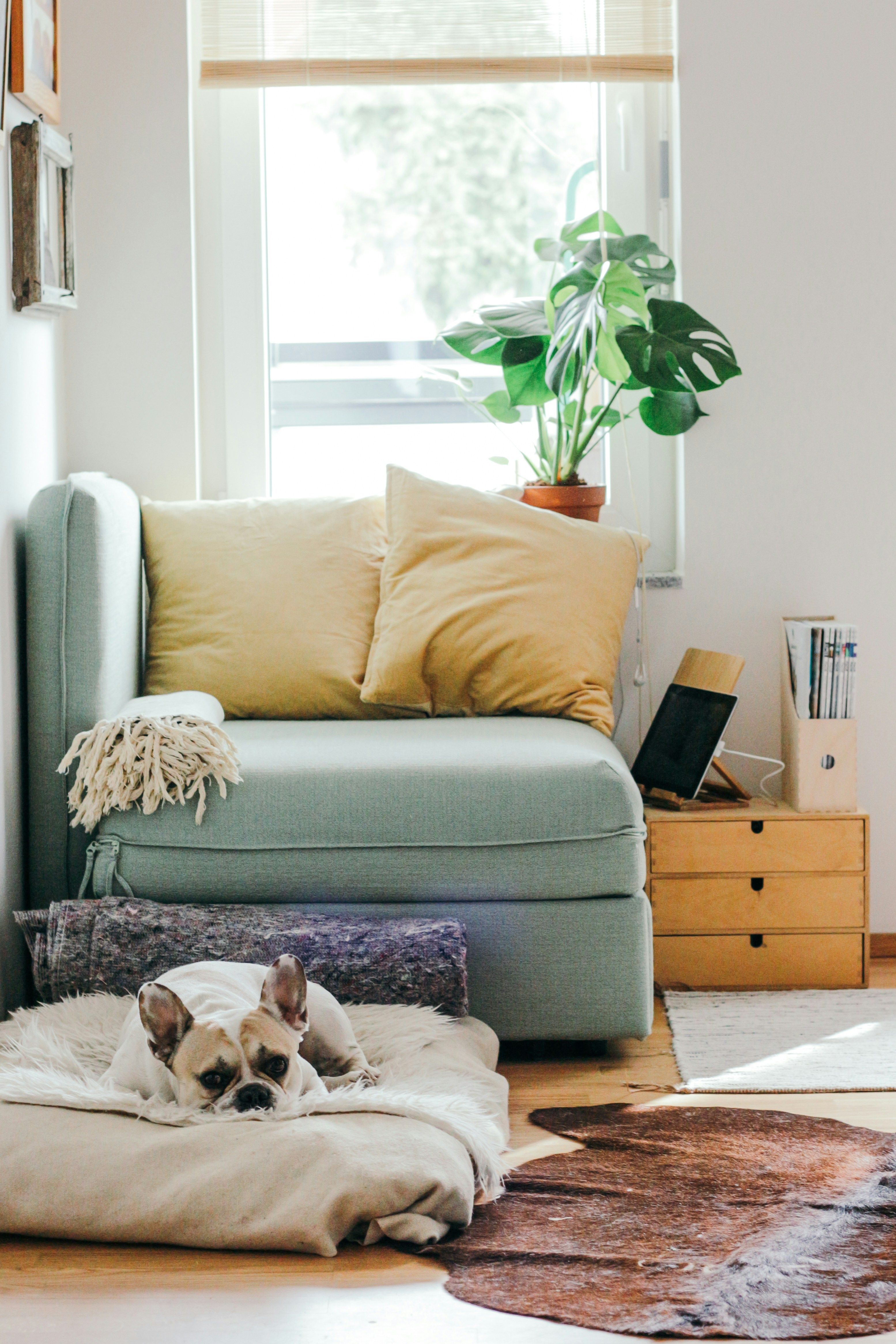Delivering Goods with Rena Monrovia via Automobile
Efficiently Transporting Goods by Car: Rena Monrovia's Expert Advice
In the seamless transportation saga, Rena Monrovia offers valuable insights and recommendations to simplify the process, whether you're moving furniture, carrying electronics, or transporting pets. Here's what you need to know to safeguard your belongings during travel.
- Identifying Your Transport Needs
Before you hit the road, it's essential to understand the particularities of your cargo. Factors such as item type, value, and weight will significantly influence your preparations and execution:
a. Item Characteristics: Identify the nature of your items – fragile, heavy, large, or valuable – as each requires different handling and transportation methods.
b. Value Assessment: High-value items, such as antiques or electronics, require additional precautions during transport.
c. Dimensions and Weights: Measure the size and weight of your items to ensure they fit securely in your vehicle.
- Route Planning for a Smooth Transit
Choosing the appropriate route is equally vital as preparing your items for transport. Consider the following factors when selecting your path:
a. Traffic Conditions: Heavy traffic can slow your progress and increase accident risks.
b. Road Types: Highways are generally preferable for transporting larger items due to reduced stop-and-go traffic.
c. Weather Conditions: Rain, snow, or strong winds can affect driving conditions and must be taken into account while planning your transport.
- Ensuring Your Journey's Safety
Always prioritize safety when transporting goods by car. Adopt these essential safety precautions:
a. Seat Belts: Ensure that all passengers, including pets, use seat belts securely throughout the journey.
b. Load Securing: Use straps or bungee cords to secure your items, preventing them from shifting during transport.
c. Blind Spot Awareness: Thoroughly check your mirrors and blind spots before changing lanes or merging for safe maneuvers.
- Optimizing Your Vehicle for Transport
With your needs understood, and a route planned, it's time to prepare your vehicle for transport:
a. Vehicle Cleaning: A tidy vehicle enhances a streamlined transport experience. Clear out any unnecessary items to create additional space and minimize clutter.
b. Organizing the Cargo Area: Formulate a layout for arranging items in your car, with heavier items placed at the bottom and lighter ones stacked on top. Foster cushioning with blankets or towels for fragile items, while ensuring a clear, unobstructed view and easy access to essential controls.
- Specific Techniques for Transporting Items
5.1 Furniture Transportation
Given its bulkiness and weight, moving furniture requires special care. Follow Rena Monrovia's tips for moving furniture safely:
a. Disassemble When Possible: Take apart furniture whenever possible to facilitate transportation. Remove legs from tables and separate bed frames, among other components.
b. Use Furniture Blankets: Wrap each piece in blankets to safeguard against scratches and damage during transport.
c. Securing with Straps: Ensure that furniture is securely attached to the walls of your vehicle to prevent shifting.
6.2 Electronics Transportation
When dealing with electronics, care must be taken to prevent damage. Implement these recommendations:
a. Original Packaging: Utilize the original packaging to transport electronics if available.
b. Anti-Static Bags: Place smaller devices in anti-static bags to protect them from electrostatic discharge.
c. Sunlight Avoidance: Prevent electronics from being exposed to direct sunlight, as heat can destroy components.
- Pet Transport
If you're transporting pets, observe these guidelines for their safety and comfort:
a. Use a Carrier: Place pets in a well-ventilated carrier to prevent movement in the vehicle.
b. Comfort Items: Include familiar blankets or toys to help keep them calm during transport.
c. Regular Breaks: Stop regularly for bathroom breaks and to let your pet stretch and hydrate.
- Legal Aspects of Transporting Goods
Certain items may involve legal considerations during transportation. Here's what you should know:
9.1 Hazardous Materials
Familiarize yourself with guidelines concerning the transportation of hazardous materials, like chemicals or flammable items, according to local laws.
- Insurance Coverage
Ensure that your insurance covers your items during transport. Be particularly vigilant with high-value items and consider additional coverage if necessary.
- The Final Thoughts
Regardless of the distance or complexity of your transport, following the recommendations provided by Rena Monrovia will help you execute a stress-free, organized, and efficient journey. Here's to a successful and secure transportation adventure!
- Questions & Answers
Q1: What should I do if I'm transporting fragile items? A1: Wrap fragile items in bubble wrap or blankets, and secure them using straps or ropes to minimize movement during transport. Consider using a dedicated vehicle if possible.
Q2: How can I secure large furniture in my vehicle? A2: Disassemble large pieces when feasible, use straps or bungee cords to secure them, and arrange them in a way that avoids shifting.
Q3: Is it safe to transport pets in my car? A3: Yes, but ensure they're secure in a carrier and make frequent stops to monitor their condition.
Q4: What if I encounter bad weather while transporting? A4: Adjust your speed and drive carefully to avoid accidents, or delay your transport until the weather improves.
In the realm of home-and-garden organization, understanding the best methods for transporting fragile and large items is essential. For instance, fragile items should be wrapped in bubble wrap or blankets, secured with straps, and transported in a vehicle dedicated to their safety (lifestyle). Additionally, disassembling large furniture and securing it with straps or bungee cords helps facilitate transportation (home-and-garden).




